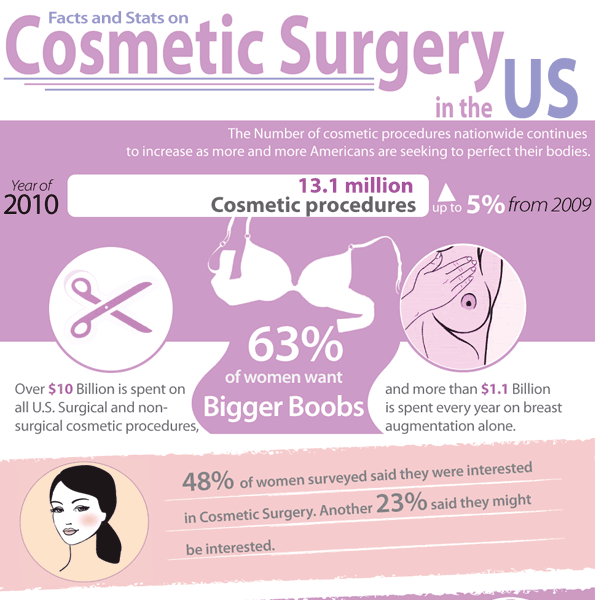Hormonal acne is defined by stopped up pores and oily skin that usually appears on the chin and jawline. It occurs when hormone adjustments activate inflammation and bacterial overgrowth within hair roots.
Breakouts might look like whiteheads, blackheads, papules or pustules and cysts or blemishes in extra severe cases. It is much more usual in teenagers experiencing puberty but can impact grownups of any kind of age.
What Creates Hormonal Acne?
While acne can be caused by a selection of variables, consisting of making use of hair and skin treatment items that aren't oil-free or made with active ingredients that can obstruct pores, genetic predisposition, diet,2 and stress, the root cause is fluctuating hormones. Hormonal acne occurs when the body experiences hormone adjustments and fluctuations that bring about an overflow of sebum, which causes inflammation, enhanced growth of bacteria and modifications in skin cell activity.
Hormonal acne is frequently found on the lower jawline, cheeks and neck but can appear anywhere on the body. It is characterized by imperfections that are cystic, painful and filled with pus or various other product. It is additionally most likely to happen in ladies than guys, particularly during puberty, the menstrual cycle, maternity or menopause.
Age
While several children experience acne at some time throughout adolescence, it can continue to afflict adults well into the adult years. Called hormone acne, this type of breakout is tied to fluctuations in hormones and is commonly most usual in ladies.
Hormonal acne occurs when oil glands produce way too much sebum, which obstructs pores and catches dead skin cells. This causes the development of acnes, such as whiteheads, blackheads and papules, pustules, cysts or nodules, deep under the surface.
This sort of imperfection commonly triggers pain, redness and swelling. It might likewise be cyclical and show up around the exact same time monthly, such as right before your duration begins. This is since levels of women hormones like progesterone and oestrogen fluctuate with each menstruation.
Menstruation
Hormone acne usually appears in the reduced part of your face, along the jawline and cheeks, as whiteheads, blackheads or inflammatory pimples (pimples and cysts). It's more than likely to show up around the time when your menstrual cycle adjustments.
Specifically around ovulation, when estrogen and progesterone degrees are on the rise, hormonal agent changes can cause outbreaks. However it's also feasible to obtain acne at any type of point throughout your 28-day menstrual cycle.
If you notice that your hormone acne flares up right before your duration, try noticing when specifically this occurs and see if it relates to the stages of your 28-day menstrual cycle. This will aid you determine the source of your skin difficulties. For example, you might want to work with stabilizing your blood sugar and removing high-sugar foods, or think about a prescription medication like spironolactone that can manage your hormones.
Pregnancy
Expanding a baby is a time of remarkable hormonal adjustments. For check here numerous females, this consists of a flare-up of hormonal acne. This kind of breakout normally begins in the initial trimester, around week six. It's caused by hormonal agent surges that boost sebaceous glands to make even more oil, which can clog pores and create more microorganisms to develop.
Breakouts may additionally happen as a result of pre-existing problems like polycystic ovary syndrome, which can additionally be an issue while pregnant and menopause. Likewise, some sorts of birth control pills (such as Ortho Tri-Cyclen and YAZ) can cause hormonal acne in some females.
Luckily, most acne therapies are "no-go" for pregnant ladies (including prominent acne-fighting ingredients such as isotretinoin and spironolactone). However if you can't prevent those annoying bumps, your physician might recommend dental erythromycin or cephalexin, which are risk-free while pregnant.
Menopause
As women come close to menopause, the estrogen levels that triggered their hormonal agent acne to flare up during the age of puberty begin to support and decrease. At the same time, nevertheless, a spike in androgens (additionally known as male hormonal agents) occurs because these hormonal agents can not be exchanged estrogen as successfully as in the past.
The extra of androgens can cause oil production by the sweat glands, which clogs pores. When the stopped up pores become irritated and aggravated, an acne forms.
Hormone acne is commonly seen on the face, particularly around the chin and jawline, however it can take place on the neck, back, shoulders, or chest. This kind of acne often tends to flare up in a cyclical pattern, comparable to the menstruation. Stress, which boosts cortisol and tosses hormones out of equilibrium, also adds to the outbreaks.
